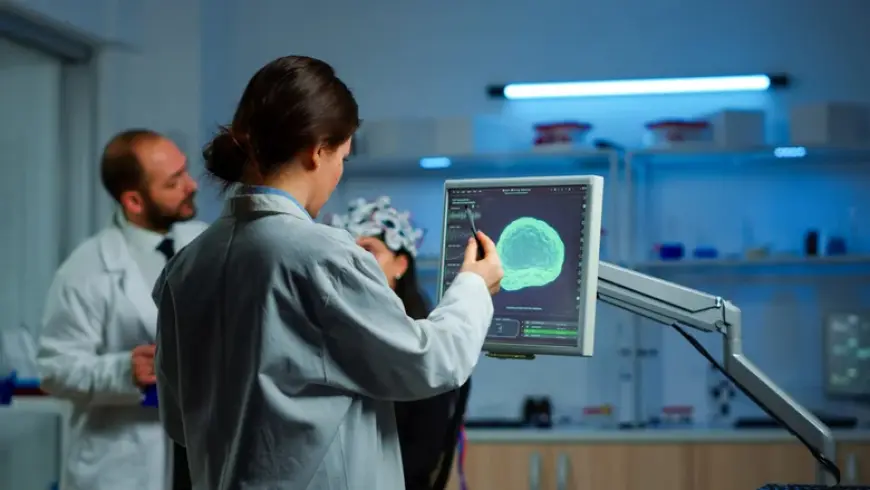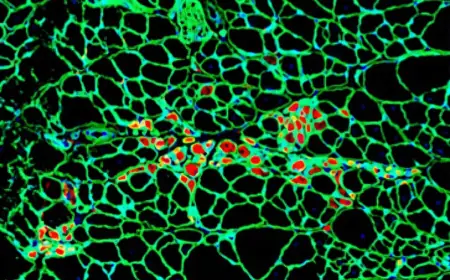Computer Models Reveal the Mystery of Brain Aging for the First Time
Stanford scientists created "spatial aging clocks" to measure the biological age of neurons

Researcher Eric Sun from Stanford University has developed the first-of-its-kind technology that allows precise measurement of brain aging at the level of individual cells. A description of the study was published in the scientific journal Genomic Psychiatry.
The key development is the spatial aging clock — highly accurate computer models trained to analyze gene activity in brain tissues while taking their spatial location into account. Thanks to machine learning and methods of spatial transcriptomics, scientists were able to observe for the first time how aging spreads between cells.
“Our models show which cells act as sources of aging — they accelerate the deterioration of neighboring cells. Others, on the contrary, protect those around them from aging,” explained Eric Sun.
How It Works
The approach combines:
-
Machine learning, which processes massive amounts of genetic data;
-
Spatial transcriptomics, which records gene activity in the context of their exact location within brain tissue.
The result is a map of brain aging, where researchers can see which regions undergo degeneration earlier than others and how this process might be slowed down.
Medical Potential
The new method has already identified "local sources of aging" — cells that trigger a cascading effect of deterioration. This opens up possibilities for the development of targeted drugs that can block the activity of these cells or activate protective mechanisms.
“We hope this technology will help us better understand the development of age-related diseases, including dementia. Perhaps one day we will learn not only to slow down aging, but even to reverse it in specific areas of the brain,” added Sun.
Why It Matters
Until now, brain aging processes were mostly studied at the level of entire regions or organs. The work by the Stanford team allows research to be conducted at the cellular level, significantly increasing the accuracy of studies and the potential for targeted therapy.



























